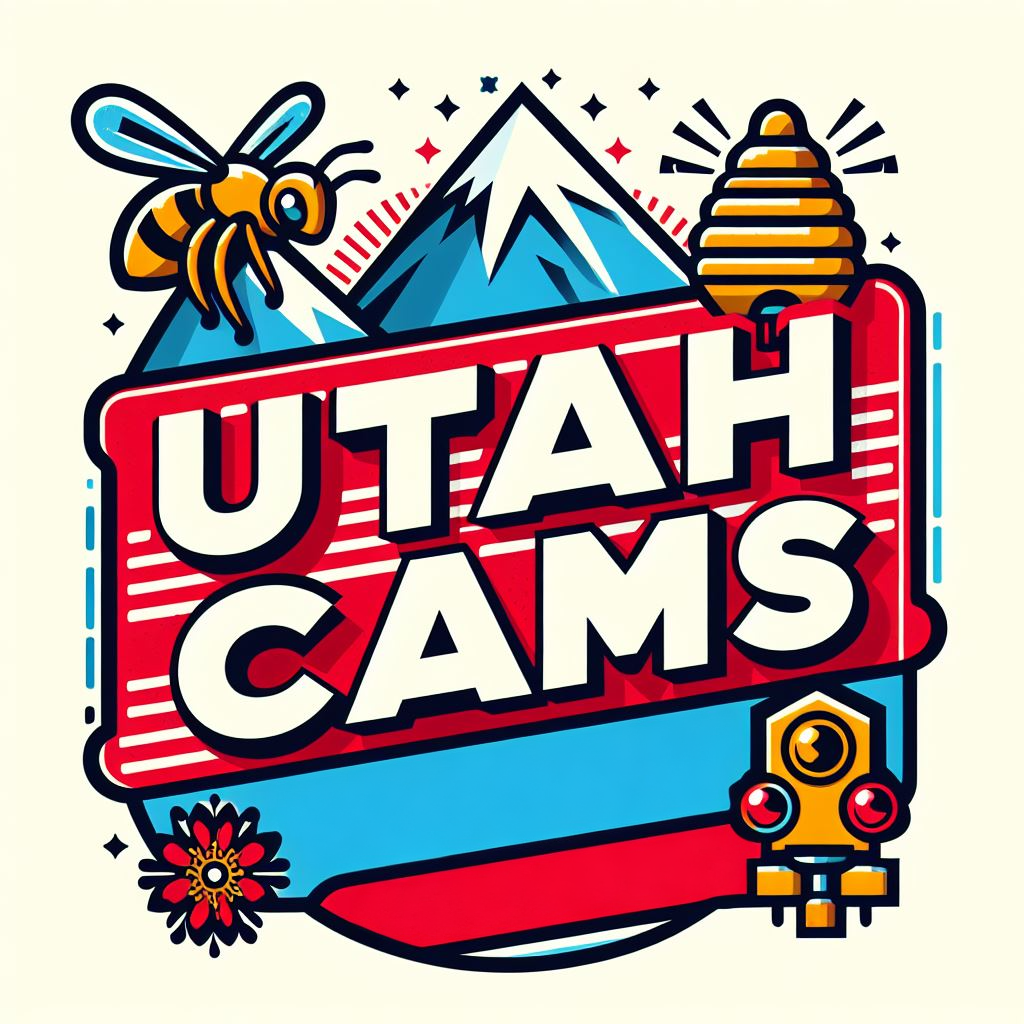Antelope Island State Park, UT Weather Cams
Antelope Island Causeway Cam
Antelope Island State Park, Utah: A Sanctuary of Natural Beauty and Historical Significance
Antelope Island State Park, UT Weather Cams. Antelope Island State Park, situated in the Great Salt Lake of Utah, stands as a sanctuary of natural beauty and historical significance. Spanning over 28,000 acres, this remarkable island is home to diverse ecosystems, abundant wildlife, and a rich tapestry of human history. From its ancient geological formations to its role in shaping the destiny of the American West, Antelope Island State Park’s story is one of resilience, adaptation, and conservation.
Ancient Origins: Geological Formation and Native American Presence
The history of Antelope Island State Park dates back millions of years to the time when ancient geological forces shaped the landscape of the Great Salt Lake Basin. Formed by the uplift of the earth’s crust and subsequent erosion by wind and water, Antelope Island emerged as a prominent feature in the stark, desert landscape of western Utah.
For thousands of years, Native American tribes, including the Shoshone, Ute, and Paiute peoples, inhabited the shores of the Great Salt Lake and surrounding areas. These indigenous peoples relied on the abundant resources of the lake and its islands for sustenance, using the land for hunting, fishing, and gathering plants for food and medicine.
European Exploration and Settlement
The arrival of European explorers and settlers in the 19th century brought significant changes to the Great Salt Lake region, including Antelope Island. In 1845, the first recorded European visitor to the island, explorer John C. Fremont, described it as “a scene of mountain beauty, scarcely surpassed in any country.”
The lure of the American West and the promise of fertile lands attracted pioneers to the region, and in 1848, Mormon pioneers led by Brigham Young began to settle the Salt Lake Valley. Antelope Island, with its abundant grasslands and freshwater springs, soon became a vital resource for the growing Mormon settlements, providing grazing land for cattle and horses.
Ranching and Agriculture: The Johnston Family Legacy
In 1848, Fielding Garr established the first permanent ranch on Antelope Island, laying the foundation for a legacy of ranching and agriculture that would endure for generations. In 1870, the island was purchased by John Dooly, who later sold it to the Johnston family in 1877.
Under the stewardship of the Johnston family, Antelope Island flourished as a working cattle ranch, with thousands of head of cattle grazing on its grasslands. The Johnstons built a ranch house, barns, and other structures on the island, transforming it into a thriving agricultural enterprise.
Conservation and Preservation Efforts
As the 20th century progressed, concerns grew about the impact of human activity on the natural environment of Antelope Island. In 1969, the State of Utah established Antelope Island State Park with the goal of preserving and protecting the island’s unique natural and cultural heritage.
Since then, the state park has implemented a range of conservation and preservation efforts to safeguard the island’s ecosystems and wildlife. These efforts include habitat restoration projects, wildlife management programs, and educational initiatives aimed at promoting awareness and appreciation of the island’s natural beauty and ecological importance.
Recreational Opportunities and Outdoor Adventures
Today, Antelope Island State Park offers a wide range of recreational opportunities and outdoor adventures for visitors to enjoy. The island’s rugged terrain and scenic beauty make it a popular destination for hiking, camping, picnicking, and wildlife viewing.
The island’s extensive trail system provides opportunities for exploration and adventure, with trails leading to scenic overlooks, historic sites, and secluded beaches. Visitors can also enjoy boating, fishing, and swimming in the Great Salt Lake, or simply relax and take in the breathtaking views of the surrounding mountains and desert landscape.
Cultural Heritage and Historical Sites
In addition to its natural beauty, Antelope Island State Park is home to a wealth of cultural heritage and historical sites. The Fielding Garr Ranch, located on the southern end of the island, offers a glimpse into the island’s ranching history with restored buildings, exhibits, and interpretive programs.
Other notable historical sites on the island include the remains of Native American encampments, pioneer homesteads, and remnants of the island’s mining and ranching past. These sites provide valuable insights into the human history of Antelope Island and the diverse cultures that have called it home over the centuries.
Looking to the Future
As Antelope Island State Park looks to the future, it remains committed to its mission of conservation, preservation, and outdoor recreation. Through ongoing efforts to protect the island’s natural resources and promote sustainable tourism, the state park seeks to ensure that future generations will have the opportunity to experience the beauty and wonder of Antelope Island for years to come.
Whether exploring its rugged trails, observing its abundant wildlife, or soaking in its stunning vistas, visitors to Antelope Island State Park are sure to be captivated by its natural beauty and historical significance. As a sanctuary of natural and cultural heritage in the heart of the Great Salt Lake, Antelope Island continues to inspire awe and wonder in all who visit its shores.
For more information, visit the official Antelope Island State Park website.
